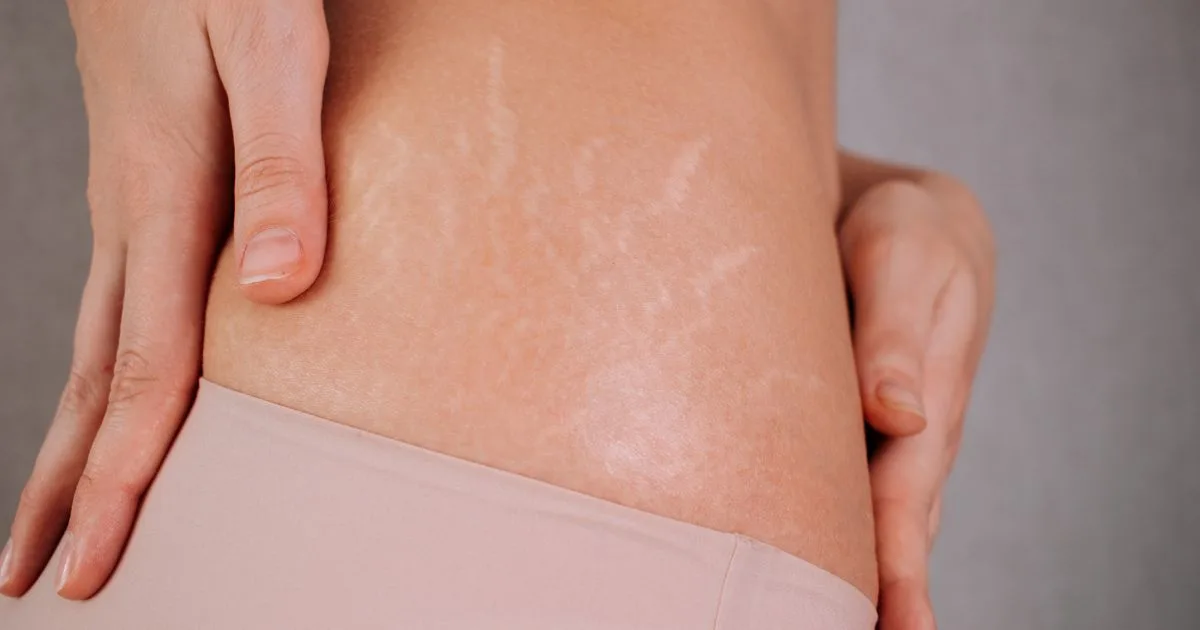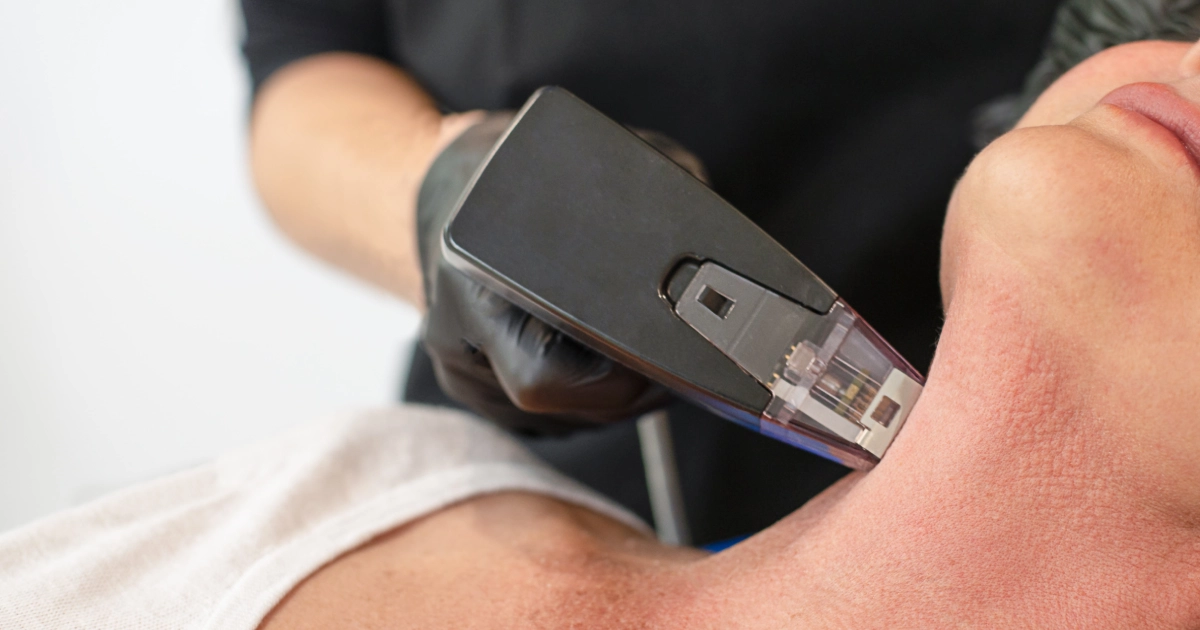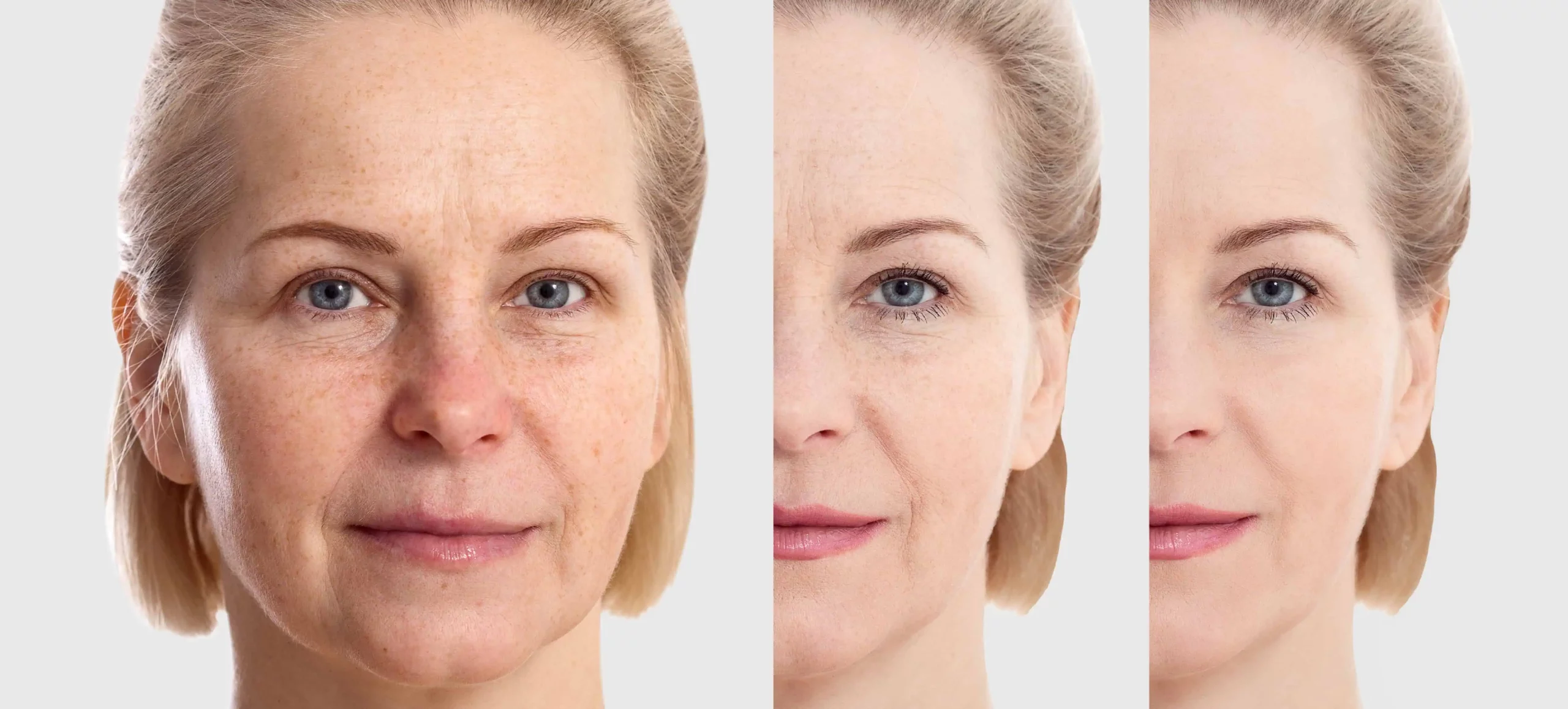The world of aesthetic enhancements is ever-evolving, offering many options for those seeking to enhance their natural beauty. Among these options, dermal fillers have become popular for their ability to add volume and smooth wrinkles. But what happens when you’re unsatisfied with the results or if complications arise?
Enter hyaluronidase, the unsung hero that dissolves fillers and corrects undesirable outcomes. In this article, we explore the world of dissolving fillers with the expertise of Walnut Creek Aesthetics, shedding light on why this process is essential and how it works.
What is Hyaluronidase and How Does It Work?
Hyaluronidase is a soluble protein enzyme that breaks down hyaluronic acid (HA), the main component of most dermal fillers. This remarkable solution works by breaking up the bonds that hold HA molecules together, effectively encouraging the body’s natural processes to reabsorb these molecules.
Hyaluronidase increases tissue permeability, separates the molecular bonds within the hyaluronic acid, and promotes the natural cellular processes responsible for its diffusion.
How Soon Do You See the Effects of Filler Dissolving?
Hyaluronidase works swiftly, with an immediate effect and a half-life of two minutes, offering a duration of action between 24 to 48 hours. Once the hyaluronidase injection begins, the dermal filler in the treated area starts to break down and soften immediately. Within 48 hours, you’ll notice a reduced filler appearance in the targeted area. Some initial confusion may arise as the effects are sometimes masked by swelling following the injection, but this should subside within 48 hours.
However, the effectiveness of hyaluronidase may vary based on factors such as the type of filler used, how it’s been integrated into the tissue, or whether the older filler has built up over time. In some cases, multiple sessions may be necessary to achieve the desired outcome, and the degree of further treatment depends on several factors, including risks, benefits, and patient and practitioner satisfaction.
Dissolving Fillers: Unveiling the Art of Reversing Aesthetic Outcomes
The journey to enhance natural beauty often takes unexpected turns in the ever-evolving realm of aesthetics, where artistry meets science. While dermal fillers are celebrated for their ability to add volume and erase wrinkles, there are times when a course correction is needed.
This is where the art of dissolving fillers comes into play, offering a solution to reverse undesirable outcomes. Join us as we unveil the world of dissolving fillers, shedding light on the ‘why’ and ‘how’ of this fascinating process that allows individuals to reclaim their authentic beauty.
There are various reasons for dissolving fillers, and it’s a common procedure many clients seek. Here are some of the most common reasons:
Product Migration
Depending on an individual’s anatomy and tissue characteristics, fillers may migrate to areas where they shouldn’t be. This can lead to undesirable results.
Lumps and Bumps
Uneven filler distribution can lead to lumps and bumps, often seen in the tear trough and lip areas. The delicate nature of these regions makes them more prone to this issue.
Emergency Reversal
In rare cases, dermal filler can accidentally enter a blood vessel, potentially leading to tissue necrosis. In such emergencies, hyaluronidase is crucial for reversing the situation.
Unveiling the Uncommon: Risks of Hyaluronidase in Aesthetics
In the dynamic world of aesthetics, hyaluronidase is critical as both an unsung hero and a potential source of concern. As a remarkable enzyme used for reversing the effects of dermal fillers, it’s a valuable tool for correcting aesthetic complications. However, like any medical procedure, it’s not without its potential risks and considerations.
Hyaluronidase, like any medical procedure, is not entirely risk-free. Possible side effects include temporary discomfort, redness, swelling, and bruising. While rare, allergic reactions may occur, and individuals with a history of allergies, particularly to insect stings, may be at a higher risk. Hyaluronidase should be used with caution, and gradual dissolving is often necessary.
In this section, we’ll delve into the world of hyaluronidase and unveil the less common but crucial risks associated with its use in aesthetics.
The Role of Hyaluronidase in Aesthetics
Hyaluronidase is an enzyme that breaks down hyaluronic acid (HA), a key component of many dermal fillers. Its primary function is to reverse the effects of HA-based fillers, allowing practitioners to adjust, correct, or dissolve fillers when needed. While it’s a valuable tool, its use comes with a set of risks, albeit relatively uncommon.
Allergic Reactions
An allergic reaction is one of the more infrequent but potentially severe risks associated with hyaluronidase. While rare, these reactions can occur, leading to discomfort, redness, swelling, and even bruising. In extremely rare instances, some individuals may experience a more severe allergic response requiring immediate medical attention.
The Role of Patch Testing
To mitigate the risk of allergic reactions, practitioners often perform a patch test on a small area of the patient’s skin, typically on the arm. This allows them to assess whether the patient is allergic to the enzyme before proceeding with a full-fledged hyaluronidase treatment. Patients with a history of allergies, particularly to insect stings, may be at a slightly higher risk of experiencing an allergic reaction to hyaluronidase.
Over-Dissolving
Much like the concept of overfilling, there is a possibility of over-dissolving with hyaluronidase. It’s vital to proceed cautiously, as overuse can lead to the unexpected loss of natural hyaluronic acid (HA) in adjacent areas. While these effects are typically temporary, HA regeneration occurring within a few weeks is a reminder that the hyaluronidase process is not an exact science.
Individual Variations
Every patient’s response to hyaluronidase may vary, making the procedure somewhat unpredictable. While it’s essential to go slowly and stage the treatment to prevent over-dissolving, there are times when a patient’s response is beyond the practitioner’s control.
Combating Over-Dissolving
When over-dissolving occurs, replacing the dissolved filler in unevenly treated areas may be necessary. This can be a complex process, particularly if the initial treatment was performed at another clinic, and the financial responsibility typically falls on the patient.
Re-Treatment and Safety
Re-treatment with hyaluronidase can be done as soon as two days after the initial session. However, waiting for one to two weeks before adding more dermal filler in the previously dissolved area is recommended to ensure that any swelling or injury has subsided and the patient has returned to their baseline condition.
Navigating Aesthetics Safely: The Versatility of Hyaluronidase
In summary, hyaluronidase is a versatile aesthetic tool used to adjust outcomes, reverse emergencies, and correct complications. While it offers a high level of safety, its application must be handled judiciously and with a deep understanding of the individual patient’s needs and circumstances.
If you have questions or concerns about hyaluronidase or the dissolution of fillers, don’t hesitate to contact the Walnut Creek Aesthetics experts. Their experienced team is always ready to provide guidance, ensuring your aesthetic journey is safe and satisfying.








